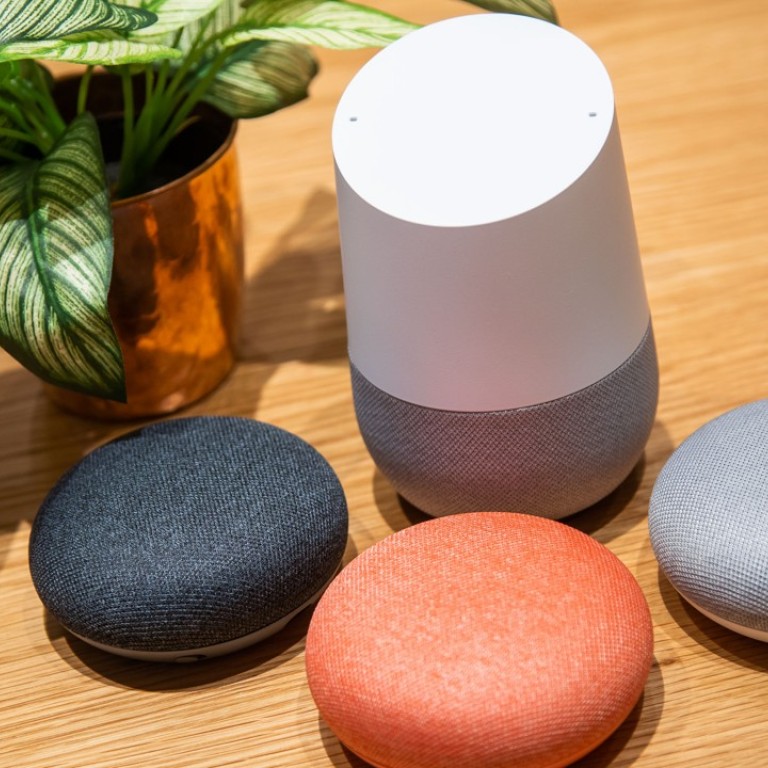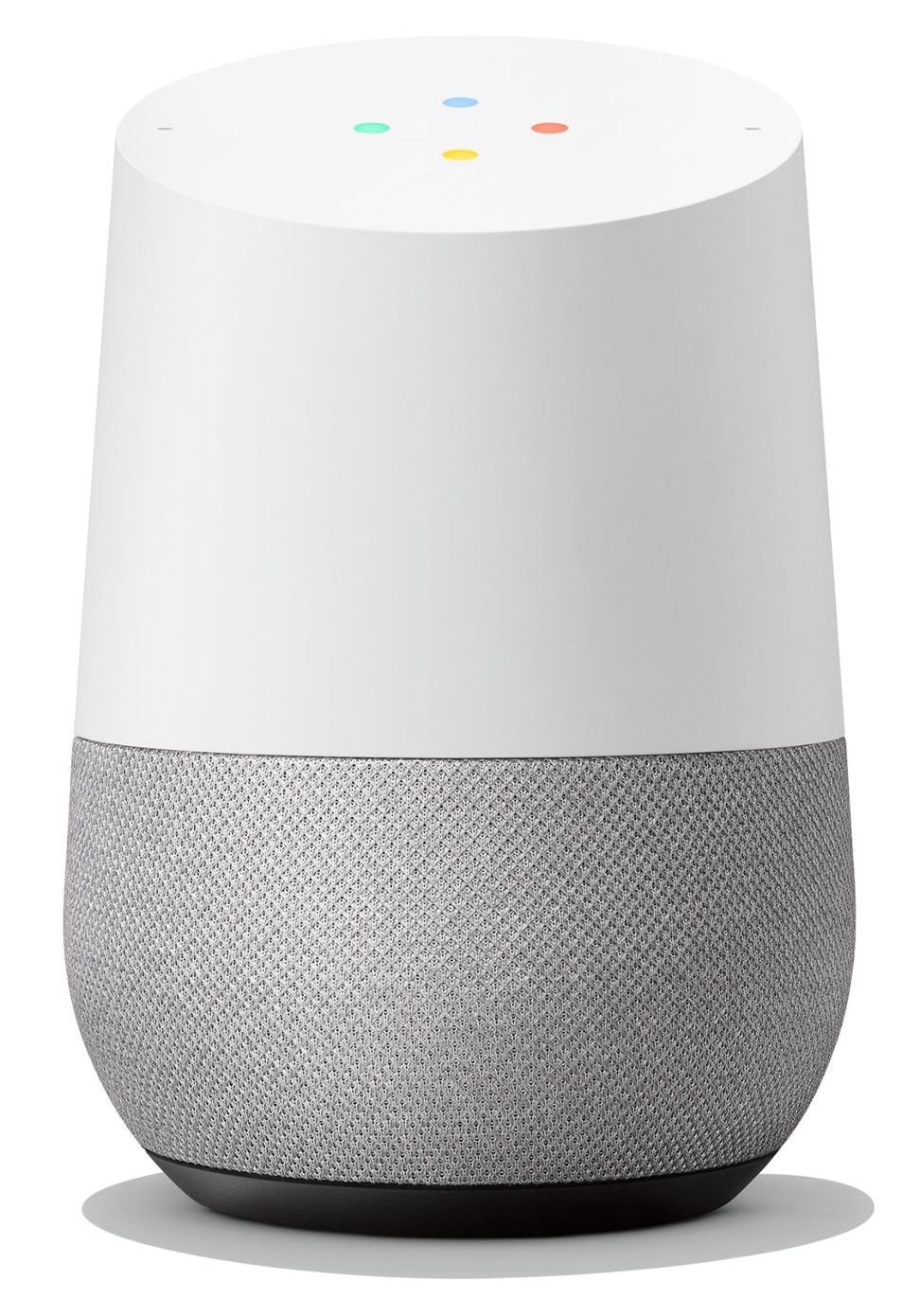
Can Google Home understand Singaporean English, or Singlish? We put new region-specific smart speaker to the test
Google has recently given a few region-specific tweaks to its Google Home and Google Home Mini smart speakers to help it recognise Singaporean English speakers. Singapore native Paul Mah puts it through its paces
Built specifically with Google Assistant in mind, the Google Home and Google Home Mini smart speakers are touted as providing an always-available virtual personal assistant for your entire home.
Importantly, Google says its goal is to optimise the devices with region-specific smarts. With this in mind, we put the Singapore English version through its paces.
Hardware and set-up
The size of a large coffee mug, the Google Home speaker sports a non-symmetric design that is likely to blend in perfectly with the decor of most apartments. To personalise it, the fabric-wrapped portion of the base can be quickly swapped out by unplugging the power cord and twisting the base in an anti-clockwise direction.
Will 2018 be the year of the smart speaker in China?
The top of the device is touch sensitive. You can use your finger to adjust the volume by moving it clockwise (louder) or anti-clockwise (softer), or tap to mute it instantly. LED lights arranged in a circle display the current volume as it is adjusted; the same lights flash with Google-themed colours when the device recognises your voice and starts listening.
Set-up was uneventful and didn’t even require a glance at the quick start guide. Upon being booted up, the speaker helpfully requested I use the Google Home app. The free smartphone app walks you through the installation process and preferences, and finds the waiting Google Home device within seconds.

Other steps during set-up include asking for your current address (for accurate weather and traffic updates) and seeking your consent to activate Google’s “Voice Match” technology to let Google Home differentiate between users. This is followed by a quick training procedure that consists of saying “Hi Google” and “Hello Google” aloud twice. Note that you need a free Google account to configure the device.
Performance
Voice recognition accuracy was stellar, even with my strong Singaporean English accent. Indeed, Google has emphasised that the launch of Google Home in Singapore wasn’t about simply selling “the US version here” but that the device had been tweaked to recognise Singaporean terms. While it didn’t recognise words in Cantonese or Mandarin, it successfully recognised Singaporean words like “kaki” (friend) and understood “MRT” to mean the metro.
Spoken communication with the device was relatively intuitive, and it responded with the relevant context based on what Google knows about you. A question such as “How long to get home” will give you the travel time based on your preferred travel method, and simultaneously loads the route details on Google Assistant on your smartphone.
Google is redesigning Gmail but updates are still in their early stages
Finally, it is worth noting that the speaker itself is loud and holds its own against dedicated speakers in the same price bracket in terms of sound quality. The sound is good enough for most users to listen to their Spotify playlist the entire day, while few will see the need to set the volume beyond the 75 per cent mark.
To help it hear you when you are blasting music, a “lower volume when listening” setting is enabled by default. Configured through the Google Home app, the feature will automatically lower music playback when you are speaking to the device.
Of course, you must still speak loud enough for its built-in microphones to hear your “Hey Google” prompt.
Software and features
For the convenience of accessing Google Assistant without having to lift your phone, Google Home truly shines when paired with smart devices around your house. With a Chromecast attached to your televisions, for instance, you can instruct Google Home to stream video from Netflix, YouTube and several other services directly onto the screen without having to lift a finger. Google says more than 1,500 smart home devices are supported.

I have a couple of Nest Cams monitoring my home and office, which I was able to link through the Google Home app. I was able to show a live feed of my home Nest camera on a Chromecast-enabled TV with just a spoken command.
Other possibilities include smart switches such as TP-Link’s Kasa Smart Wi-fi Plug, and using Google Home to control various household appliances at home.
While its natural language processing is impressive, the implementation isn’t perfect. There are times when I had to rephrase certain commands to be understood, and getting things worded correctly can become a mouthful when controlling smart devices: “Hey Google, play the Entryway camera on the Office TV.”
Google computer scientist unveils lip-reading fake news tool
Finally, the speaker works with Chromecast audio, which means that you can stream music to it from a growing list of compatible apps from either your smartphone or PC. The device also works as a Bluetooth speaker, once you manually enable Bluetooth pairing mode from the Google Home app.
Conclusion
Despite some limitations, there is no question that the Google Home is an unobtrusive and useful lifestyle appliance that could form the centrepiece of your home-automation efforts. And with signs that Google is working constantly to improve its capability, it may well be something that you will want to invest into.
Google Home is available for HK$995 from expansys.com.hk

